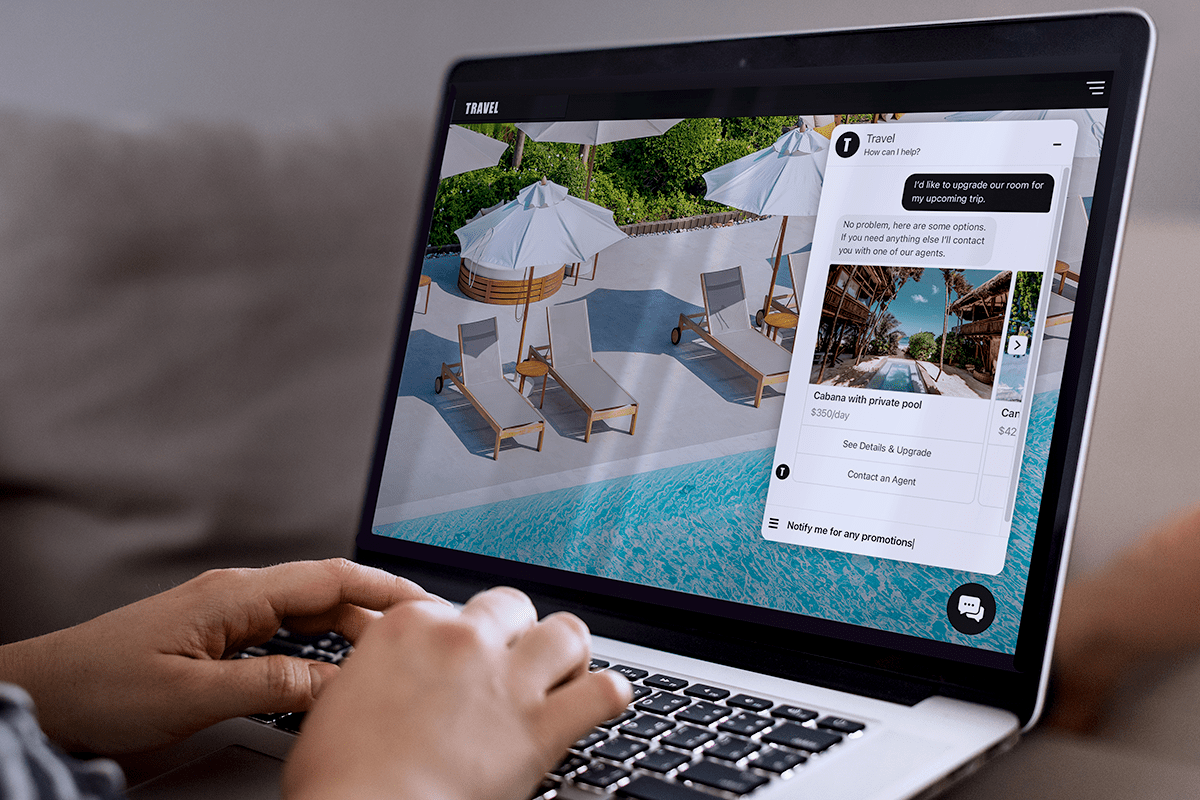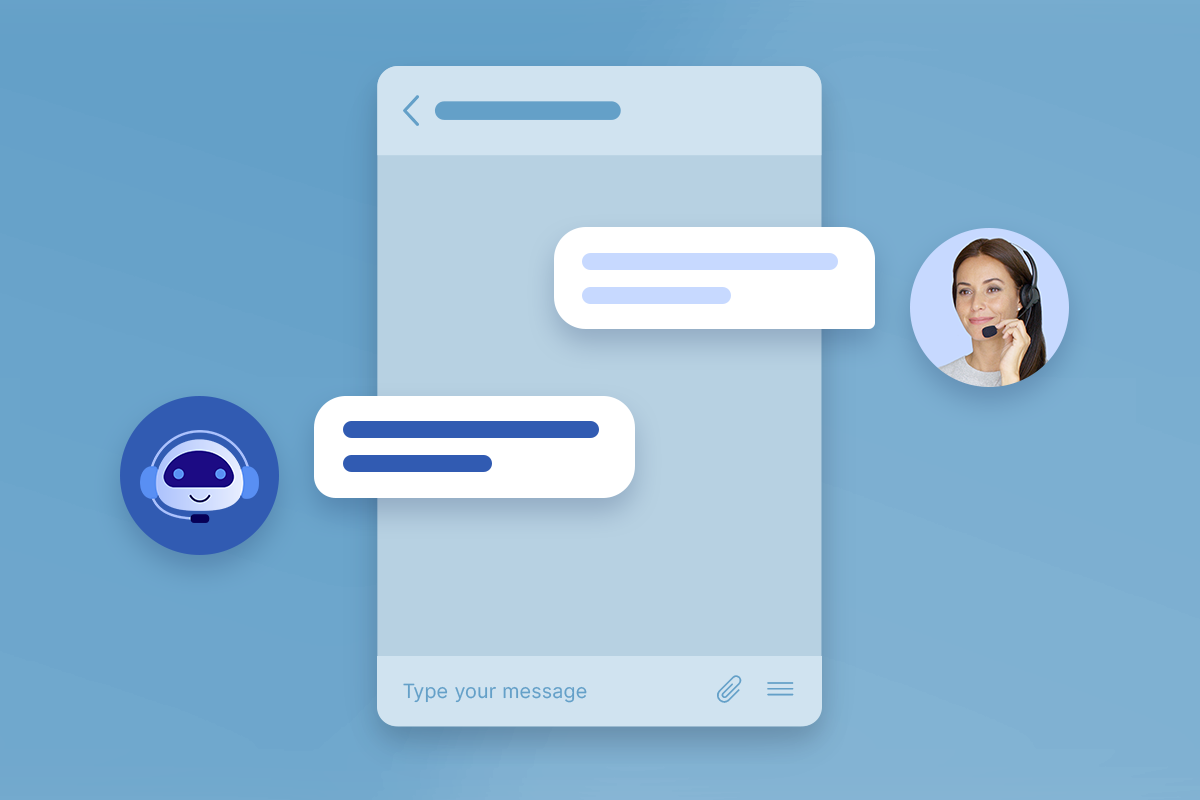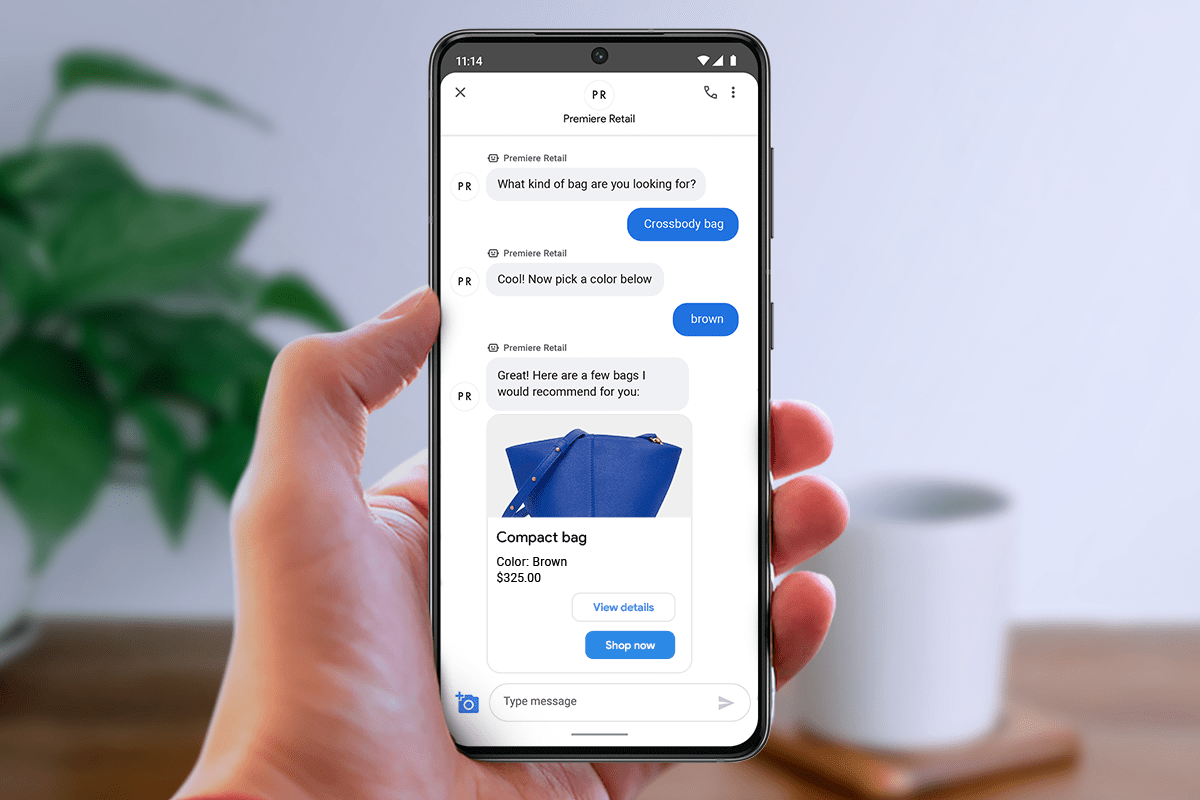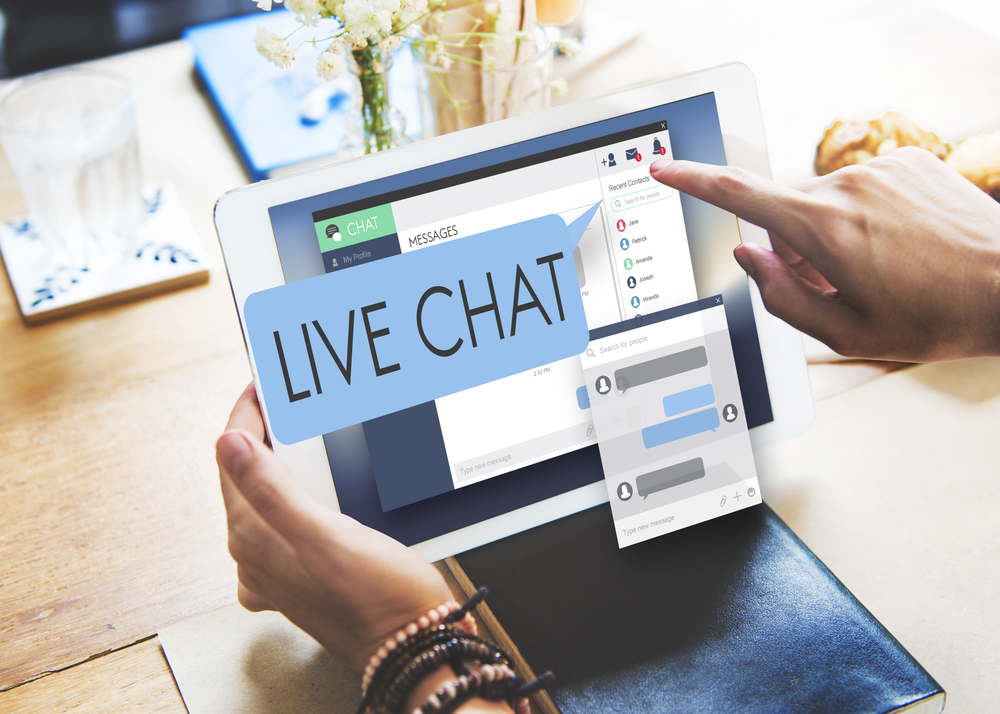How do you connect with customers throughout their purchase journey? Are you using live chat at every touchpoint?
Many businesses see live chat, also known as web chat, as just another tool for your customer support center. Leaders may see it as a necessary expense in order to connect with today’s online customers.
But live chat is so much more than that.
Let’s take a look at how you can use live chat at every stage of the customer journey.
What is customer journey mapping, anyway?
Customer journey mapping is the exercise of laying out how customers engage with your business before, during, and after they make a purchase.
Traditionally, it consists of five stages.
In the stone age—that is, back before the age of the internet—consumers would identify a problem, see an advertisement, compare prices, walk into a store, and make a purchase. If they liked the product or the store, they would make frequent trips back and tell their friends about it.
Things are a little more complicated these days. While today’s customers follow a similar path, a few things have changed. Customers often move back and forth between each stage, with many smaller steps in between.
The biggest change is that now your website is the main hub—and it has to do a lot more of the heavy lifting. It’s where you drive all your traffic, convert customers, and impress them enough to come back. It has now become the main pillar of your customer journey.
When mapping your customer journey, your goal is to get people to your website and serve them to meet their current stage. That’s where live chat comes in.
Serve customers at every stage of their purchase journey with live chat.
Live chat typically lives on the bottom right corner of your website, and it can follow customers as they navigate across pages. Based on which pages they spend time on, you can craft unique messaging (using live agents or chatbots) to target where they are in their customer journey.
And it’s vital to meeting today’s customer expectations. According to Salesforce’s State of the Connected Customer report, 83% of customers expect to interact with someone immediately when contacting a business.
Instantaneous messaging channels like live chat satisfy that need for instant answers.
Let’s take a look at how you can incorporate live chat into your customer journey.
Be helpful during the awareness stage.
The awareness stage is all about customers realizing they have a problem and that there’s a solution out there to solve it. For retailers, this could be as simple as a customer who’s suffering in the heat, so they realize they’re ready to buy an air conditioner.
They likely don’t know what kind, their budget, or where, but they know they want one.
Maybe they searched for top air conditioners and found themselves on your website. While some businesses may see them as a lead to be captured, their not at that place yet. They are simply gathering information.
For customers in the awareness stage, live chat is best spent welcoming a customer and directing them to various resources on your website.
The best way to do that? With a chatbot.
How to loop in a chatbot: At this stage, it might not be feasible for agents to dedicate their time to answering broad questions. Leverage a chatbot to welcome newcomers to your website and direct them to informational resources—like your knowledge base, blog posts, or frequently asked questions.
Quiq’s AI chatbot helps resolve 80% of inbound inquiries, freeing up your customer service agents to spend time farther down the customer journey.
Wow them at the consideration stage.
At the consideration stage, your customers have likely narrowed down the competition but haven’t made a decision yet. Maybe they know they’re going to Hawaii but are still considering whether to go to a boutique hotel or stay at an Airbnb. Or perhaps they’ve selected an island and just need to pick between the swath of available resorts.
This is the point where you need to stand out. Customers are looking to narrow down their options. If you don’t impress them right away, you won’t make the shortlist.
Proactively engage with customers using live chat to help them navigate your website. Ask them questions to gauge their needs and direct them to the appropriate high-converting pages.
How to loop in a chatbot: When customers reach the consideration phase, they’re closing in on making a purchase. While it’s a good idea to engage live agents to help customers one-on-one and close the deal, a chatbot can help get the conversations started. Design the bot to answer simple questions and direct customers to an agent for more personalized help.
Push them over the decision hump at the acquisition stage.
You’ve made the shortlist—heck, you’re probably #1 on that list—and the customer is *this* close to making a purchase. This is when your live chat function is crucial.
Make sure your live chat is visible and engaging with users at key points in the decision-making process. For example, be available when customers get to their cart. That’s typically when they have last-minute questions, and any clicking away from that page could interrupt their momentum.
Here are a few ways you can entice buyers with live chat at the decision phase:
- After answering a few product questions, suggest a product demo.
- Remove friction by ensuring easy access to frequently asked questions.
- Offer personalized incentives on the purchase page.
- Loop sales team members into live chat conversations.
How to loop in a chatbot: Program engagement triggers that start with your chatbot. If a customer has been stalled in their cart for more than three minutes, send in a bot to answer those hesitations or offer them a well-timed discount code. If a user has bounced around between pricing tiers, send over a blog post that helps them compare. Figure out which obstacles are in your customers’ way and use automation to help get past them.
Increase retention with always-on support.
Customer retention is all about meeting expectations. Did the customer get the results they expected from your product or service? Did they have the experience they were hoping for?
Great customer service is the best way to improve customer retention—and live chat makes that happen with speed and accessibility.
Think about the last time you needed customer service. Chances are, you were in the middle of something and needed immediate help. Your customers face the same hurdles. They’re implementing your software and run into a roadblock. They have to reschedule a guided kayak tour and can’t remember the policies.
Whatever the case may be, stopping for a phone call or waiting hours (or days) for a return email stalls their momentum and complicates their customer experience. Live chat makes it easy for customers (whether they’re in the middle of making a purchase or actively using your product or service) to get quick answers. Quick answers lead to higher customer satisfaction and a better chance they’ll come back for repeat business.
How to loop in a chatbot: Always-on support isn’t realistic without the help of chatbots (unless you hire a lot of agents to cover your chat 24/7. Use a chatbot to respond to customers when your agents are out of office. At the very least, you can design conversations that collect information for agents to respond to when they’re available. You can also have bots walk customers through troubleshooting, answer simple questions, and direct them to helpful resources on your site.
Make advocates out of all your customers.
Not every customer will become an advocate for your company, but you should certainly do everything in your power to encourage it. And live chat can help you do just that.
Since live chat is…well, live…it’s a great tool to encourage in-the-moment reviews and survey responses. Make it easy for customers to leave reviews by including it right in the conversation so they never have to leave the chat.
How to loop in a chatbot: Chatbots are ideal for this task. After your live agent finishes helping the customer, hand off the conversation to a chatbot to collect feedback and encourage reviews.
Embrace live chat in the customer journey.
It’s easy to see live chat as just another support tool. It functions a lot like phone conversations in your call center—and you probably use the same people to staff it. But with the right tools and strategy in place, live chat enhances every stage of the customer journey.



